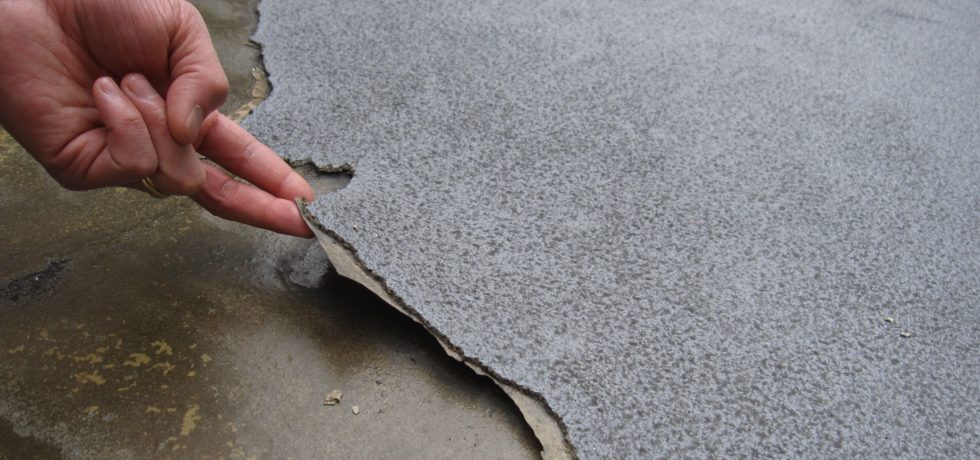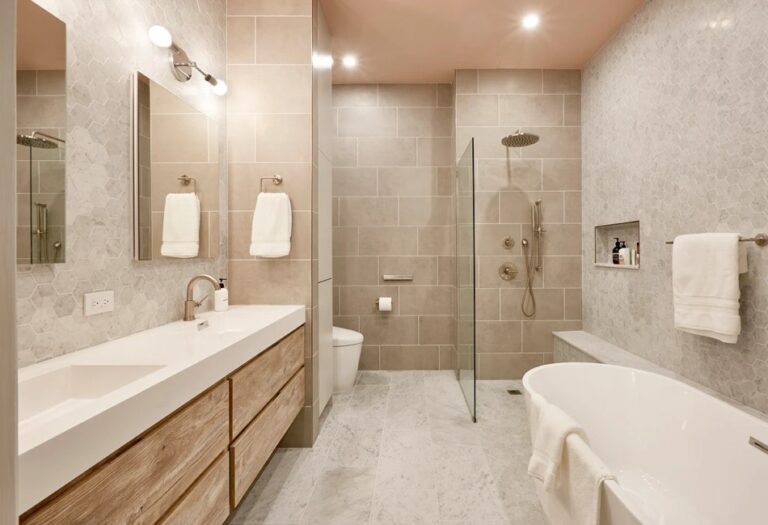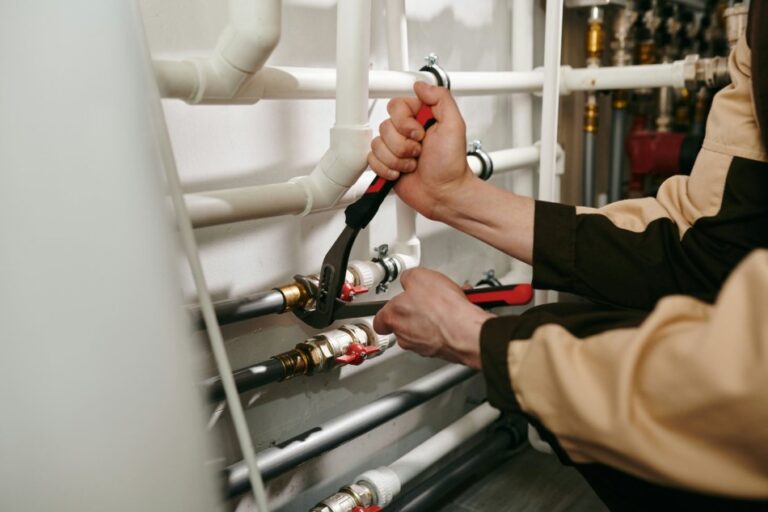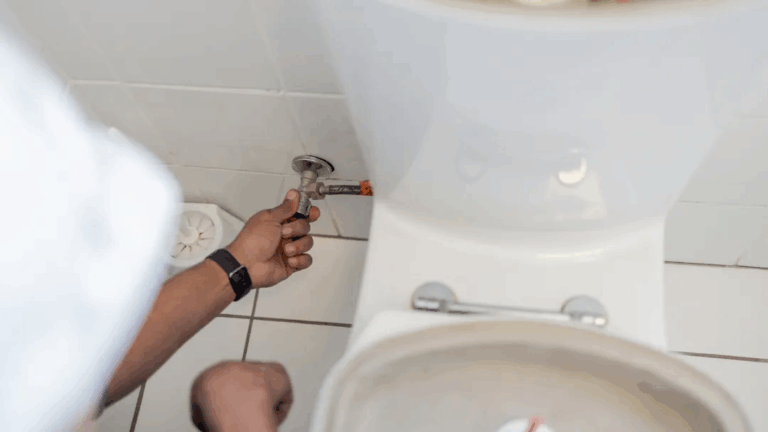It’s no secret that rooftops face some of the toughest weather conditions out there—from intense sun and scorching heat to gusty winds and torrential rain during monsoon season. While modern architecture includes features to direct rainwater toward designated outlets, that doesn’t always do the trick. You don’t need a hurricane to cause notable water damage to your property.
Despite a general awareness of its importance, waterproofing is often overlooked, treated more like an inconvenience than a necessity. But neglecting it can lead to bigger problems, leaving your walls damp and unsightly. Waterproofing is crucial for protecting your home’s structure from water infiltration, which can lead to severe damage to concrete and even corrosion of embedded steel elements.
Water can find its way in through cracks, structural flaws, or poorly designed or installed joints, making waterproofing essential in preventing deterioration caused by exterior and interior chemicals present around your building.
What Is Waterproofing?
In simple terms, waterproofing is the process of making a structure or object resistant to water damage, ensuring it remains mostly unaffected by water under specific conditions. A waterproofing system protects the structure from water ingress, which can lead to mold growth and significant damage, as well as air quality issues. Properly waterproofing foundation walls is essential to prevent deterioration and leakage.
Different Types of Waterproofing Techniques
-
Liquid Roofing:
Liquid roofing waterproofs a roof by applying a specialized liquid coating suitable for all roof types, whether flat, pitched, or domed. This technique involves using a monolithic, fully bonded liquid coating that cures into a rubber-like, elastic waterproof membrane. This membrane can stretch and return to its original shape without damage. To enhance its tensile strength, these systems are often reinforced with materials like glass-reinforced plastic. It’s a cost-effective and reliable option, offering protection for up to 25 years.
-
Bituminous Waterproofing:
Bituminous waterproofing systems are engineered to safeguard both residential and commercial properties. Bitumen—a sticky, viscous substance derived from asphalt or coal-tar pitch—is mixed to create a waterproof solution. These systems are commonly used for roofing applications, taking the form of roofing felt or roll roofing products.
Consider fortifying your property with waterproofing to ensure long-lasting protection against the elements!
-
Bituminous Coating:
Bituminous coating serves as an effective waterproofing solution, offering a flexible protective layer. It’s particularly valuable for safeguarding surfaces like concrete foundations, ensuring they remain shielded from water damage.
-
Polyurethane Waterproofing:
Polyurethane consists of two main components: the base, known as polyol, and the reactor component, isocyanate. When these elements are blended in the right proportions, they yield a liquid coating ideal for waterproofing purposes.
This technique is favored for its simplicity in installation. Compared to other waterproofing methods such as sheet membranes and liquid-applied membranes, applying polyurethane generally requires less specialized skill and supervision.
Benefits of Waterproofing Your Home:
-
Protect Your Interiors:
Waterproofing is crucial for maintaining your structure’s integrity. Once damage occurs, restoring the original condition can be incredibly challenging. Proper waterproofing prevents seepage in your walls and minimizes the risk of roof leaks that can spread throughout the property, potentially damaging electrical devices and wooden furniture.
-
Address Health Concerns:
Moisture penetrating walls and ceilings can lead to the proliferation of mold, mildew, fungi, and bacteria. The presence of these microorganisms can introduce significant health risks for occupants, triggering allergic reactions, asthma episodes, and various irritations or infections. Additionally, stagnant water from ongoing leaks can attract mosquitoes, potentially bringing about serious health issues like dengue fever.
-
Save Money:
Though the thought of waterproofing your home may seem daunting and financially burdensome, it can be a wise investment in the long run. After all, as the saying goes, “prevention is better than cure.” Rather than viewing the expenses as a setback, consider how this proactive measure will save you from more costly repairs in the future.




